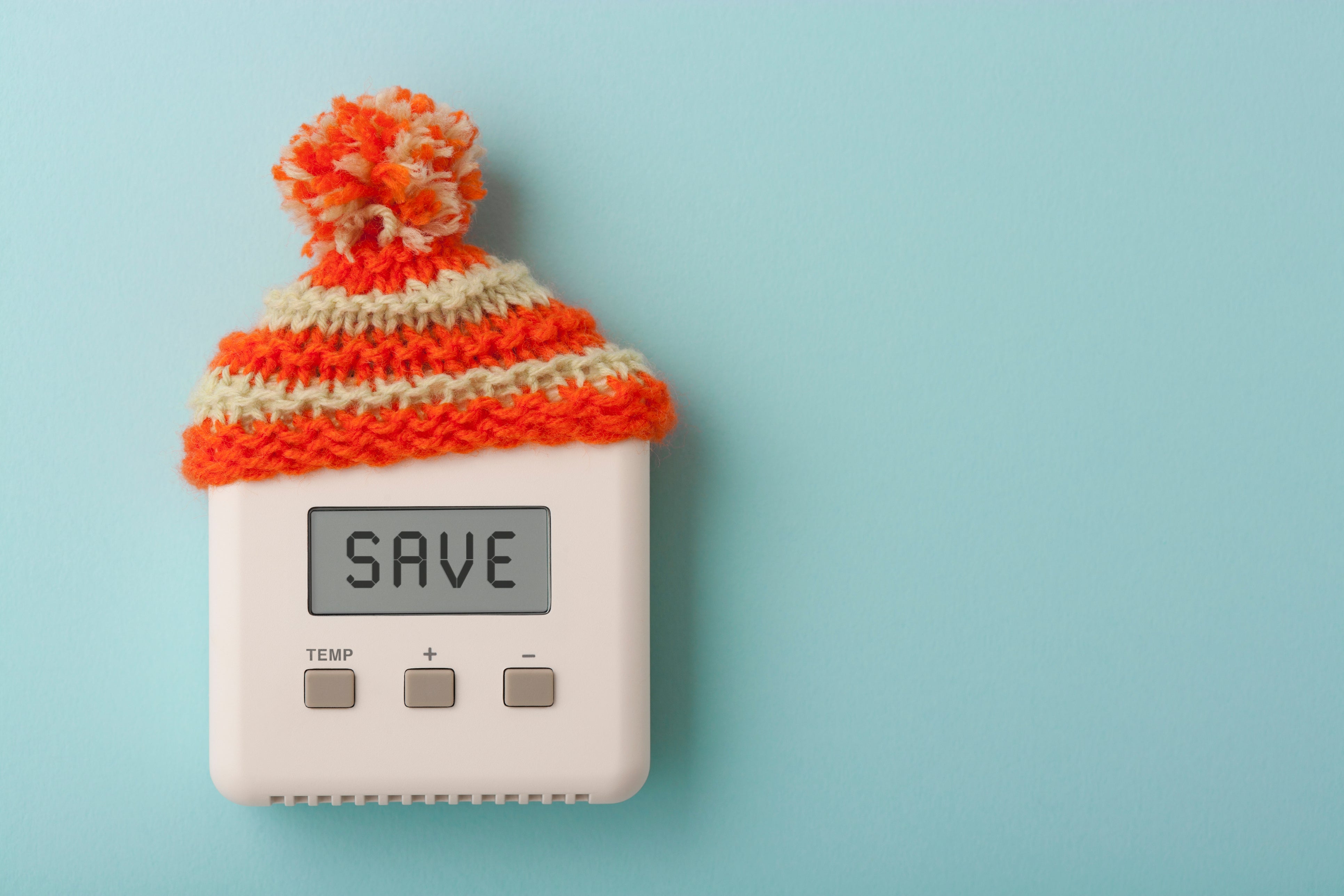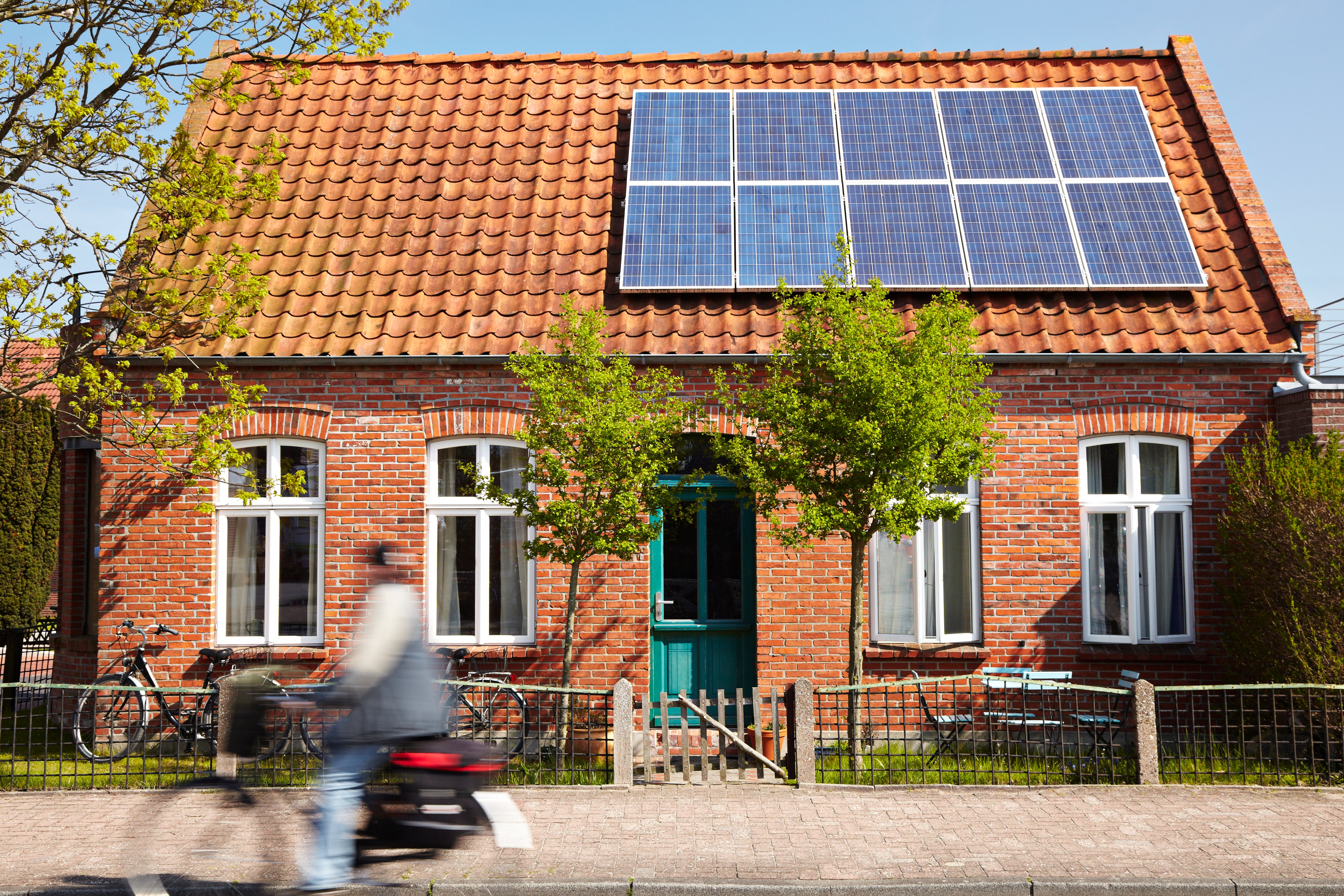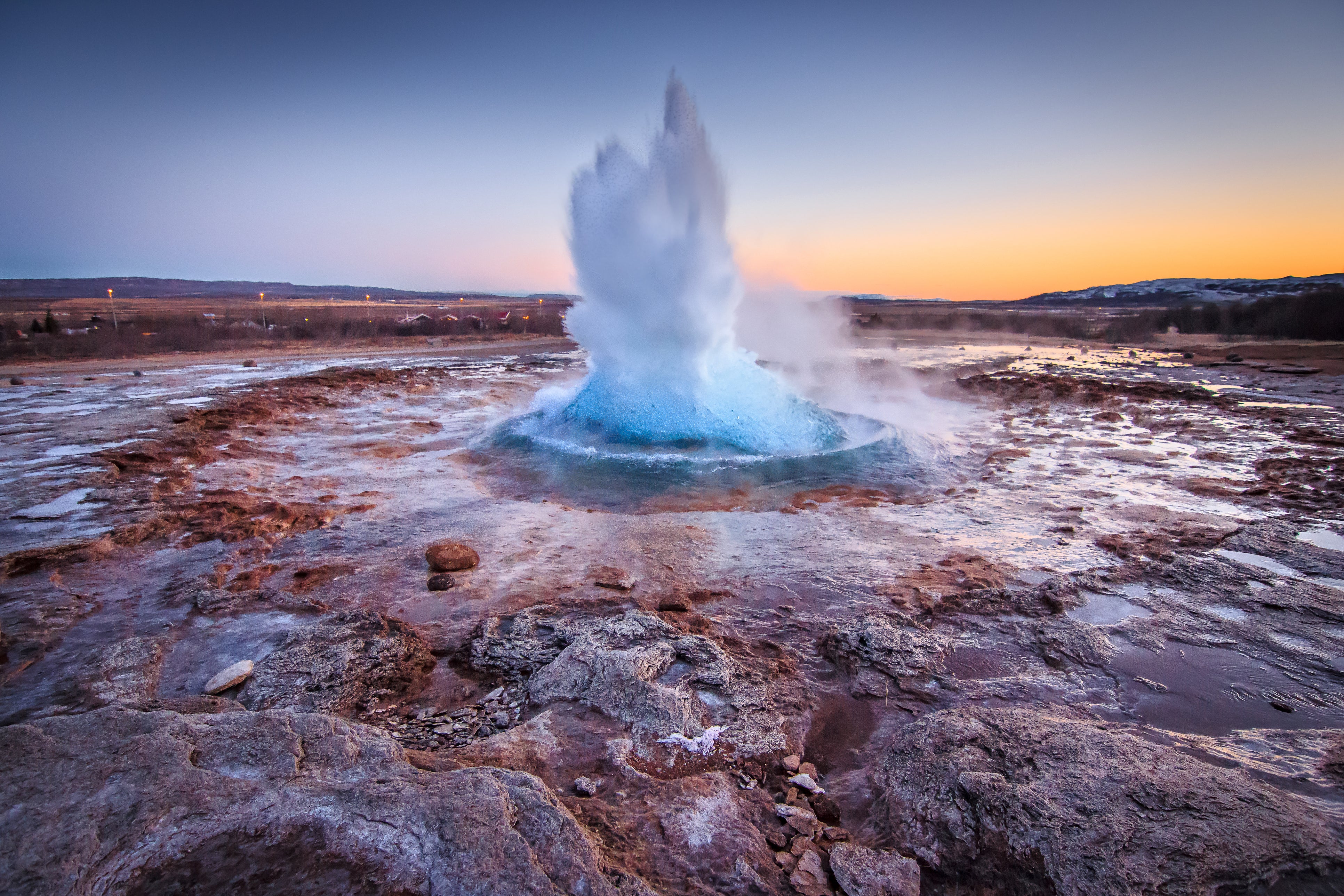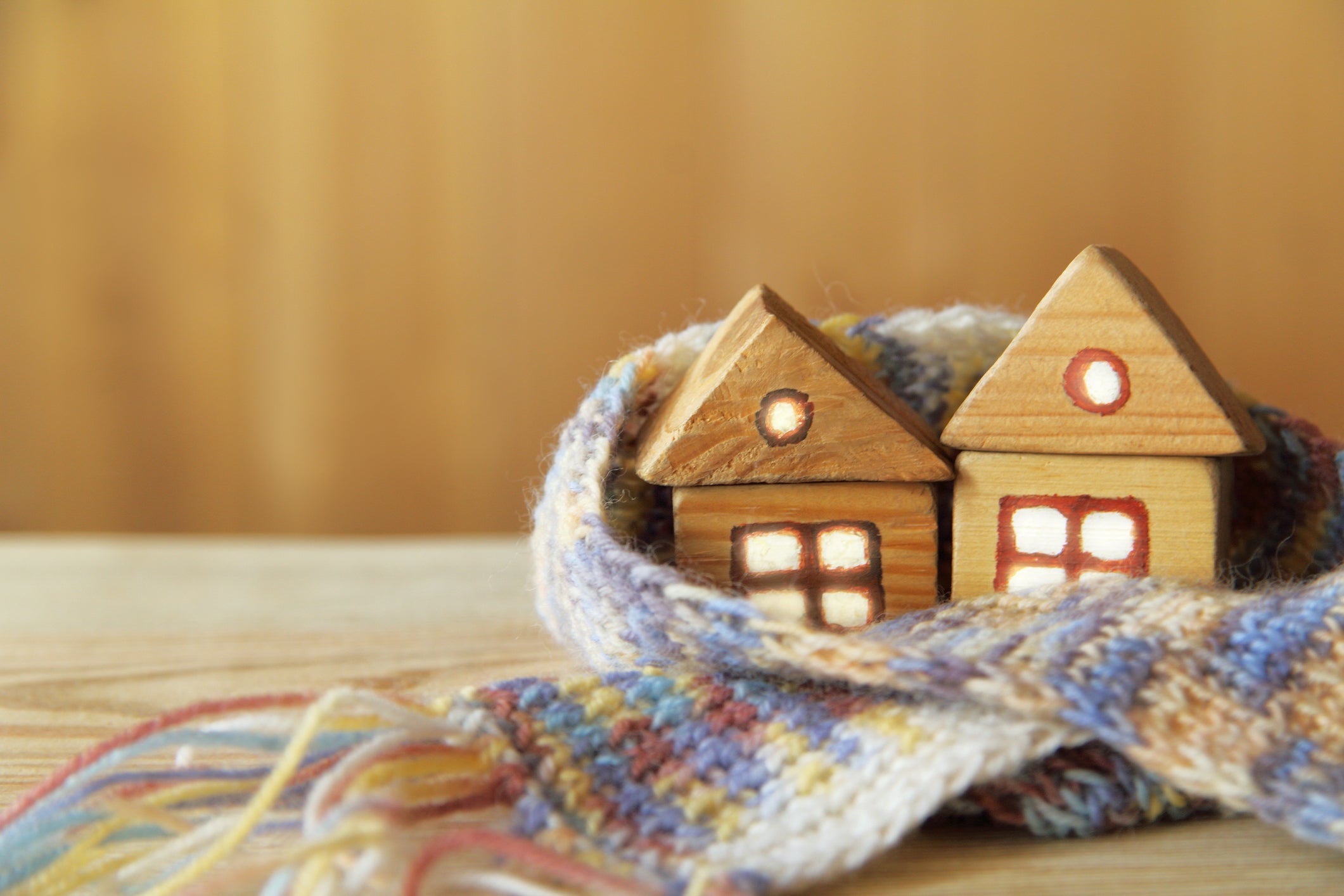How can I heat my home more sustainably?
Louise Boyle answers your most frequently Googled questions about sustainable living


Tackling the climate crisis, as environmentalist Bill McKibben recently pointed out, can be summed up in one short phrase: We need to stop burning things.
But for the past 150 years we’ve been really, really good at it, adding 51 billion tons of greenhouse gas (GHG) emissions to the atmosphere every year and essentially cooking the planet.
We need to rapidly cut emissions but we’re still too heavily reliant on fossil fuels for the most basic human needs, including heating our homes. Some 40 per cent of UK emissions come from homes, and a third of those are from heating.
Most British homes have gas central heating systems (85 per cent), and electric makes up an underwhelming 5 per cent share.
Follow our latest coverage of the climate crisis here
In the US residential buildings make up 20 per cent of emissions, while heating (and cooling) in the US blasts out around 441million tons of CO2 each year. By comparison, the entire country of Denmark produced 33.5 million metric tons of CO2 in 2019.
And while half of US homes still rely on gas for their main heating fuel, those using electricity are now up to 36 per cent.
The good news is that if you’re ready to make the jump from fossil fuels to renewables, it’s getting easier by the day.
In 2019, more UK power came from renewable sources (48.5 per cent) - solar, wind, hydro, and nuclear - than from fossil fuels (43 per cent). By the end of 2021, the share of clean energy generation in the US is expected to be 21 per cent.
Here in the UK, and here in the US, you can find more information - but beware of company "greenwashing".
When it comes to a new heating system, there's a growing number of options but it's worth bearing in mind your style of home and its location. You'll have different requirements if you're living in the sunny south-east to Northern Scotland, for example.
Heat pumps

Heat pumps suck in heat from the air to warm your home, even when its below freezing.
You'll need sufficient space outside your home to fit a unit, either to a wall or on the ground. It needs plenty of space to have the best air flow, and ideally be put on a sunny wall.
More info can be found here and here.
Solar power

The sun has about 5 billion years of energy left, so solar is a near inexhaustible source, and there are different ways to go about harnessing its power.
Passive solar energy systems use natural principals of heat transfer. It works by collecting the heat from the sun in the home's walls, windows and floors, and storing it in what's known as thermal mass to be released later.
An forced-air system or radiant flooring is still needed to moderate the temperatures throughout the year.
More common to most will be solar panels - photovoltaic (PV) cells that convert sunlight directly into electricity - that are attached to roofs or walls. When the sun shines on the panels, energy from the sunlight is taken up by the PV cells powering charges that create a flow of electricity.
It goes without saying, solar panels are less effective with less exposure to sunlight; they can't produce energy at night and will be less productive on dark winter days.
Geothermal heating

Another option is geothermal heating, which is based on the principle that the deeper in the earth you go, the warmer it gets.
A few feet below the surface, for example, temperatures remain stable throughout the year, from about 45F to 75F depending on where you are.
Some geothermal homes use heat pumps, filled with water or refrigerant, to tap into geothermal wells below ground. In winter the fluid absorbs the earth's heat and warms the air in the home. In summer it works in reverse to cool rooms.
More details on the different kinds of systems are here.
Affordable and DIY options

All of the above are major considerations and can be costly (although government incentives can be tapped into both in the UK and the US).
However, there are also more affordable steps you can take to insulate your home.
Firstly, you can have an assessment or audit to find out where heat is leaking from in your home. But, if you don't want to bring in professionals, you can do-it-yourself too.
There are common spots to check for leaks, such as electrical outlets, door and window frames, baseboards, letterboxes, attic hatches, AC units, vents and fans. Weather stripping and caulking can help seal any place air whistles through. Some suggestions are here.
Good quality windows, doors and double glazing make a difference, but if those upgrades aren't possible there are cheaper fixes.
Double glazing film is an economical alternative to double glazing and has an insulating effect. You can buy DIY kits from hardware stores and online, and there’s also a burgeoning range of thermal wallpapers, insulating paints and plaster.
Draught excluders are an old-school fix for draughts under doors, and one way to get through a few lockdown hours. Visit the National Trust website for further instructions.
Once you generate the heat, make sure to make the most of it. Check heaters, radiators and vents aren’t blocked by furniture, curtains or clothes. On winter days, open the curtains on south-facing windows and keep them closed at night to keep out draughts.
And if, like me, you grew up in a house where a woolly jumper was the first port of call before cranking up the heating, take satisfaction in knowing it was simply good training for an eco-friendly future.
Join our commenting forum
Join thought-provoking conversations, follow other Independent readers and see their replies
Comments

Bookmark popover
Removed from bookmarks